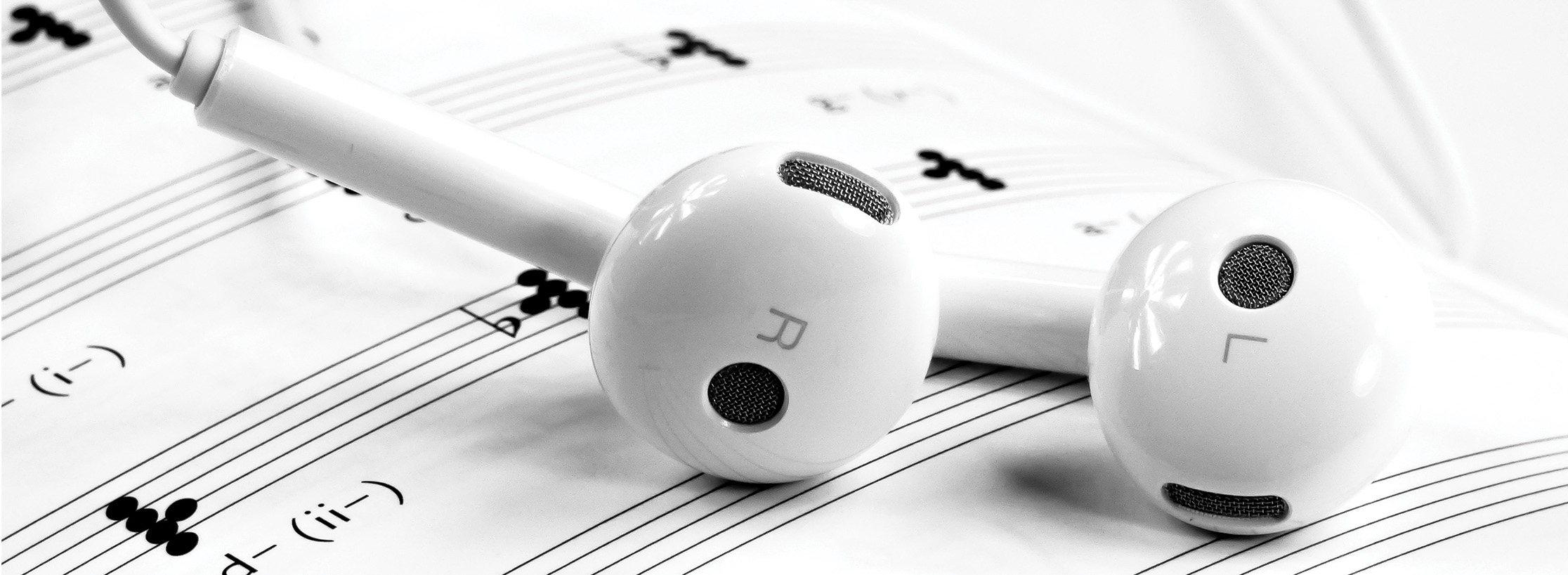If a picture paints a thousand words, then music can evoke a thousand emotions. This symbiotic relationship between music and advertising is an ancient dance, predating even television. From jingles to pop tracks, music elevates ads from mere messages to emotional experiences. Let’s uncover the symphonic magic behind successful advertising.
Setting the Rhythm for Brands Music has the uncanny ability to dictate mood. A playful jingle can paint a brand as approachable, while an orchestral score can infuse luxury and grandeur. But it’s not just about emotion; it’s about memory. Just as a particular scent might transport you back in time, a familiar tune can instantaneously recall a brand or product to mind.
The Amplifying Effect
- Building Emotional Connections: Music taps into our emotions. An ad with the right soundtrack can make us laugh, cry, or reminisce, creating deeper connections between the consumer and the brand.
- Enhancing Recall: Ever found yourself humming an old jingle? Memorable music makes advertisements sticky, improving brand recall.
- Reinforcing Brand Identity: Consistent musical themes, or even a brand-specific jingle, can become synonymous with a brand’s identity, reinforcing its essence in every ad.
Noteworthy Campaigns
- Coca-Cola’s “I’d Like to Buy the World a Coke”: This jingle from the 1970s wasn’t just an ad song; it became a pop-culture phenomenon, reinforcing Coca-Cola’s message of unity and joy.
- Apple’s iPod Silhouette Campaign: The energetic tracks against colorful dancing silhouettes didn’t just sell an MP3 player; they sold a lifestyle.
Selecting the Right Tune
- Alignment with Brand Values: A luxury brand might opt for classical over rock, not based on popularity, but alignment with its brand essence.
- Understanding the Audience: The music that resonates with Gen Z might be different from that which speaks to Baby Boomers. It’s crucial to tune into your audience’s frequency.
- Licensing and Originality: Ensure you have the rights to use a piece of music. Alternatively, crafting an original score or jingle can offer uniqueness.
Pitfalls to Avoid
- Overpowering the Message: While music is influential, it should complement, not overshadow, the core message.
- Misalignment: A misfit between music and message can confuse or even alienate the audience.
Conclusion: Music in advertising is far more than a background score. It’s a storyteller, an emotion evoker, and a brand amplifier. The next time you craft an ad campaign, remember to lend an ear to its musical aspect. Because in the symphony of advertising, music isn’t just a note; it’s the very beat that makes the heart of your message come alive.
